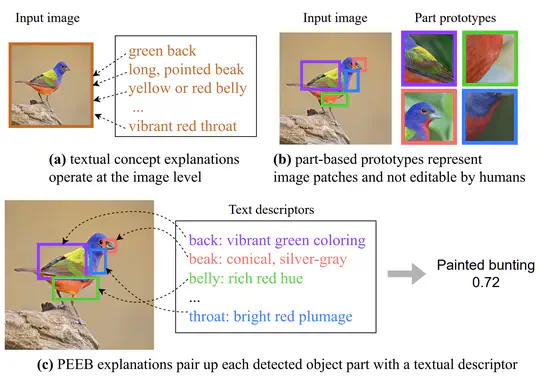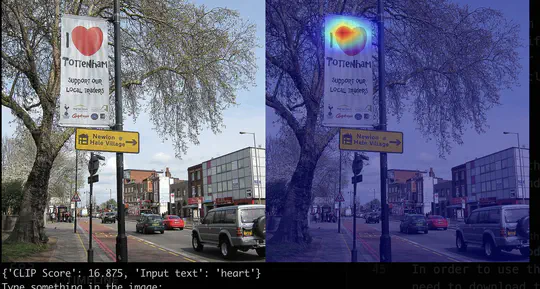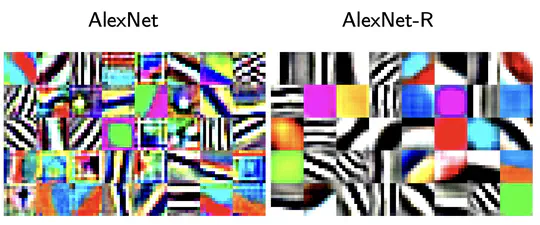Biography
Peijie Chen completed his Ph.D. in the Department of Computer Science and Software Engineering at Auburn University. His passion for AI ignited after AlphaGo’s historic win. With a strong background in signal processing, holding an undergraduate degree in Telecommunication Engineering and a Master’s degree in Electrical Engineering, Peijie has delved into deep learning research, including object detection, explainable AI, and multi-modal learning. His academic journey combines rigorous engineering disciplines with a passion for the evolving field of AI technologies.
- Artificial Intelligence
- Deep Learning
- Movies
- Cats
Ph.D. in Computer Science, 2018 - 2024
Auburn University
M.S. in Electrical Engineering, 2015 - 2017
Auburn University
B.S. in Telecommunication Engineering, 2010 - 2014
Shenzhen University
Skills
Experience
During my internship, my primary role involved:
- Developing and enhancing object depth estimation/defect detection models
- Collaborating with the engineering team to deploy models and algorithms
- Conducting research on machine learning
- Collaborating with students and faculty on research projects
During my internship, my primary role involved:
- Developing and enhancing object detection/segmentation models
- Designing and implementing data collection processes
- Collaborating with the engineering team to deploy models and algorithms
- Conducting research on machine learning
- Collaborating with students and faculty on research projects
My responsibilities included:
- Supporting students with logistics and mentorship
- Providing machine learning applications in UAV technology
- Offering practical advice and problem-solving strategies
I assisted with:
- Course preparation and grading
- Student support and mentorship
- Lab and project supervision
I co-founded BooJum Studio, where we:
- Leveraged machine learning to enhance the art design process
- Streamlined client-designer interactions
- Generated a variety of design options through automation
My work involved:
- Maintaining and optimizing networking systems for WCDMA services
Projects
Recent Publications
Contact
Contact me if you have any questions or would like to collaborate.




